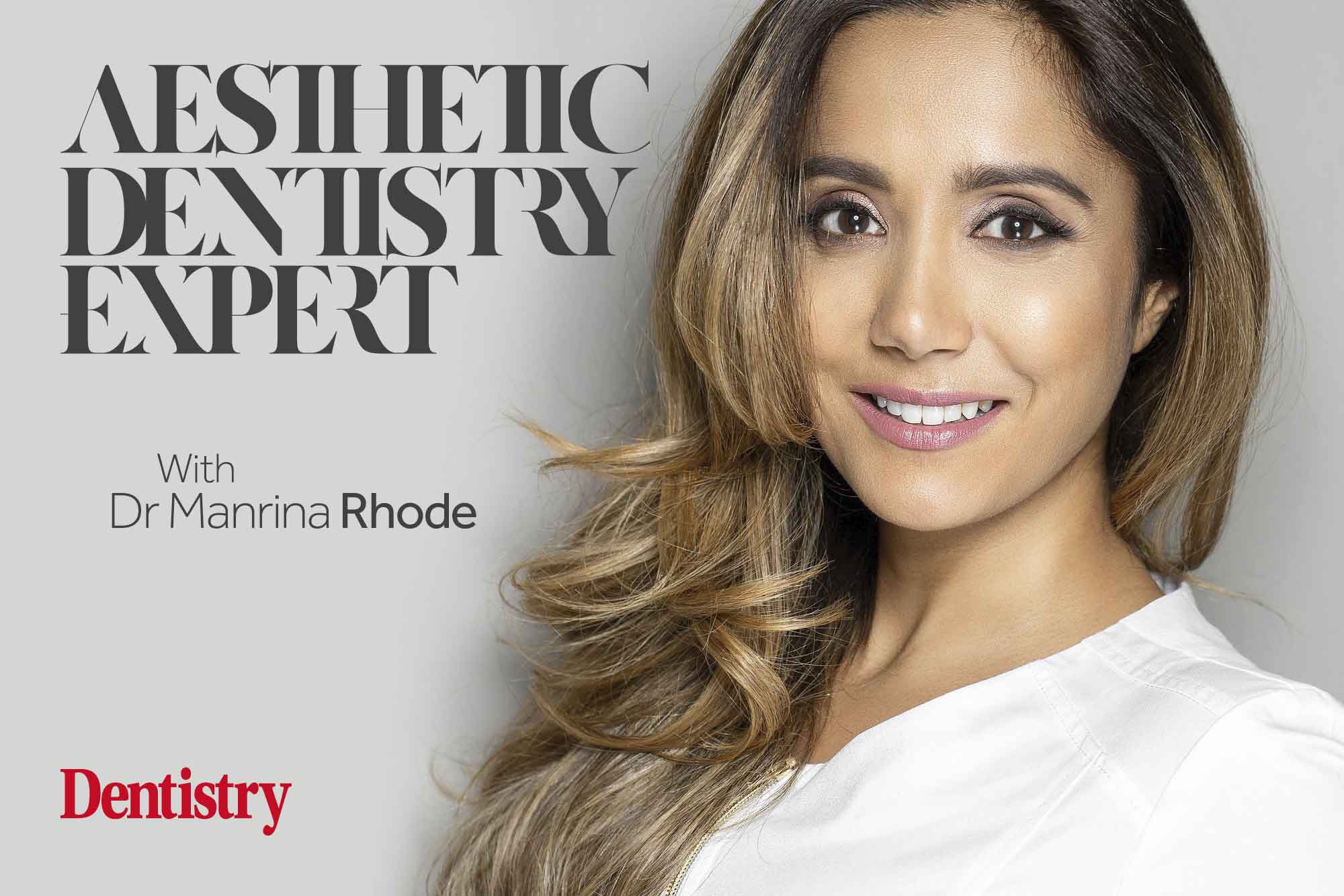This month, Manrina Rhode explores what causes staining and the variety of approaches to managing it.
Today we’re going to talk about the staining that our patients have in their mouths and why it might be there in the first place.
Typically, stains will come from things like black coffee, tea, coloured foods, smoking cigarettes and smoking cigars. It normally denotes some sort of staining habit that causes these stains on our patient’s teeth.
Whenever we see a stain, we want to take the time to look and understand why it might be there. There’s definitely some foods and habits that stain more than others.
I’m always surprised by how staining tea is. Tea has a lot of health benefits and contains fluoride, so it’s actually quite good for the teeth, but equally it’s really quite staining
What do we do about staining?
Firstly, brushing twice a day with a really good electric toothbrush will go some way in controlling that stain. But this depends on how bad the habit is, whether it’s smoking, tea, coffee
Brushing twice a day with an electric toothbrush and cleaning interproximally between the teeth with floss or something similar will help to keep the stains at bay.
Regular visits to see a hygienist are also really important, whether that’s every three months or six months depending on what you recommend for your patient.
So all those, all hygiene protocols, which are important anyway for all of us will really help to keep stains at bay.
But often it’s not enough.
Treatments to manage staining
So, one step up from those approaches is tooth whitening. There is home whitening and in-surgery whitening, but for patients with stains I would definitely encourage them to have home whitening trays. Patients can pop their trays in maybe once every three months, or at intervals as needed, to help keep their stains at bay.
And with hygiene visits, often hygienists will have airflow or a similar type of cleaning protocol available depending, again, on the habits and how quickly that stain is collecting.
Even if your patient is not due a hygiene visit, they could pop in for a quick sandblast of that stain and get it off.
Restorations
If we look at restorations, with my patients, one of their favourite things about having veneers is the fact that they don’t stain. Porcelain just wipes clean, and if you go to a party and everyone’s drinking red wine, you’ll be the only one at the party whose teeth haven’t changed colour as they do with red wine.
With veneers, there’s no issue with staining, but your patients will need to see a hygienist who’s familiar with how to clean veneers. This is because one of the reasons why they’re so good at not staining is the glaze that they have over them.
You wouldn’t want your hygienist to remove this glaze by using the wrong scalers or the wrong airflow kit. You need specific types of powder that work very well with porcelain.
And then on the other end of the spectrum is composite bonding which stains very easily. Composite is made up of small spheres, and as much as we, as dentists, love to sit and manually polish this composite and get it smooth and shiny, there are fears that they will wear away at varying rates and the composite will end up staining. This is true even for people that don’t have a staining diet.
A particular problem area with composite is black triangles, when clinicians do beautiful work with interproximal bonding to close them. Interproximately, this is an area that gathers stain typically anyway,
Therefore, when you put composite there, it can end up looking worse than it looked in the first place. So, these are all things that that we need to think about.
Catch up with previous Aesthetic Dentistry Expert columns:
Follow Dentistry.co.uk on Instagram to keep up with all the latest dental news and trends.
Visit Manrina’s website here: www.drmrlondon.co.uk.



